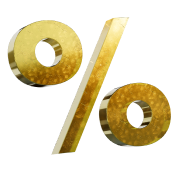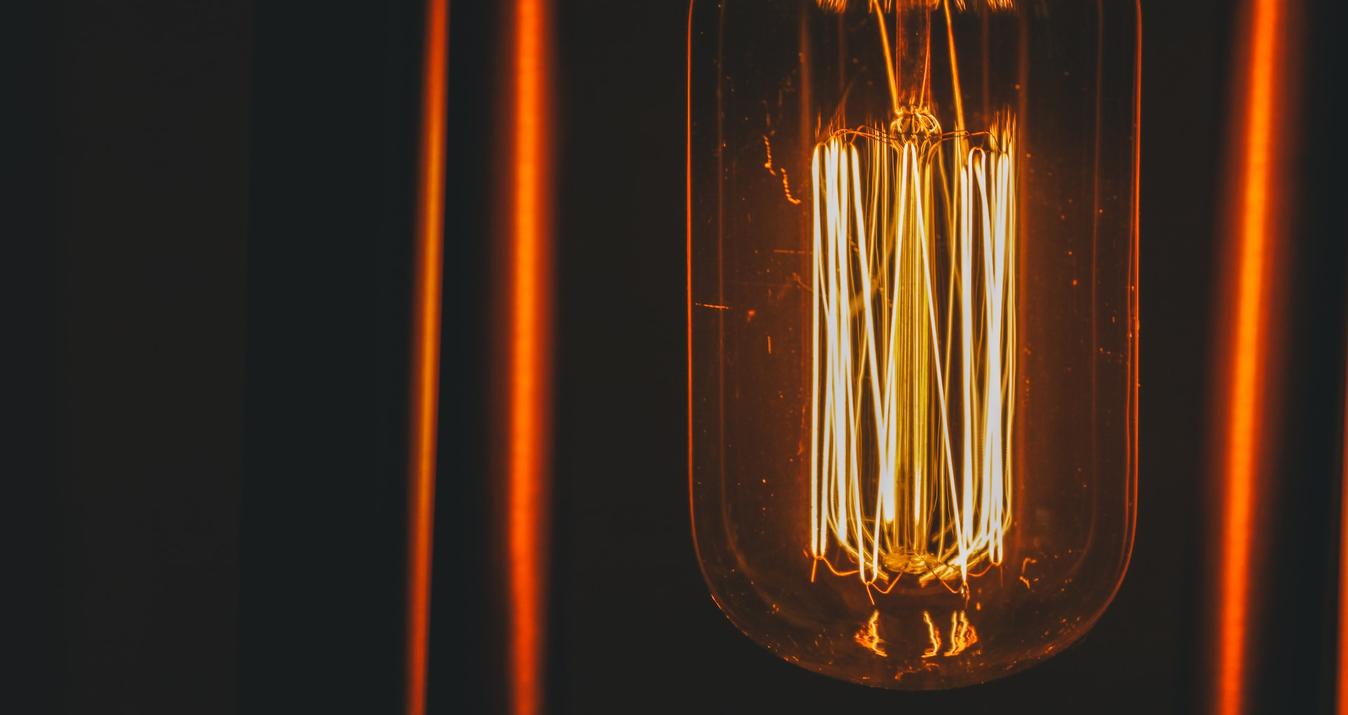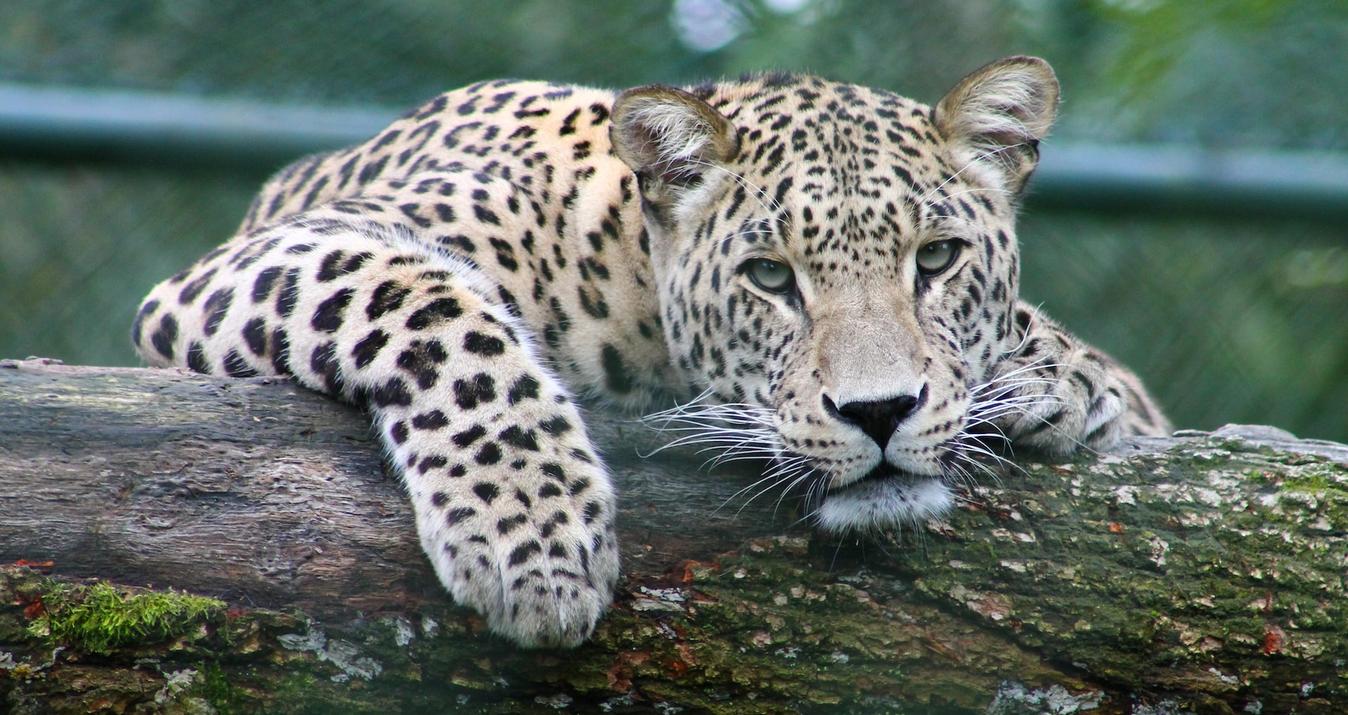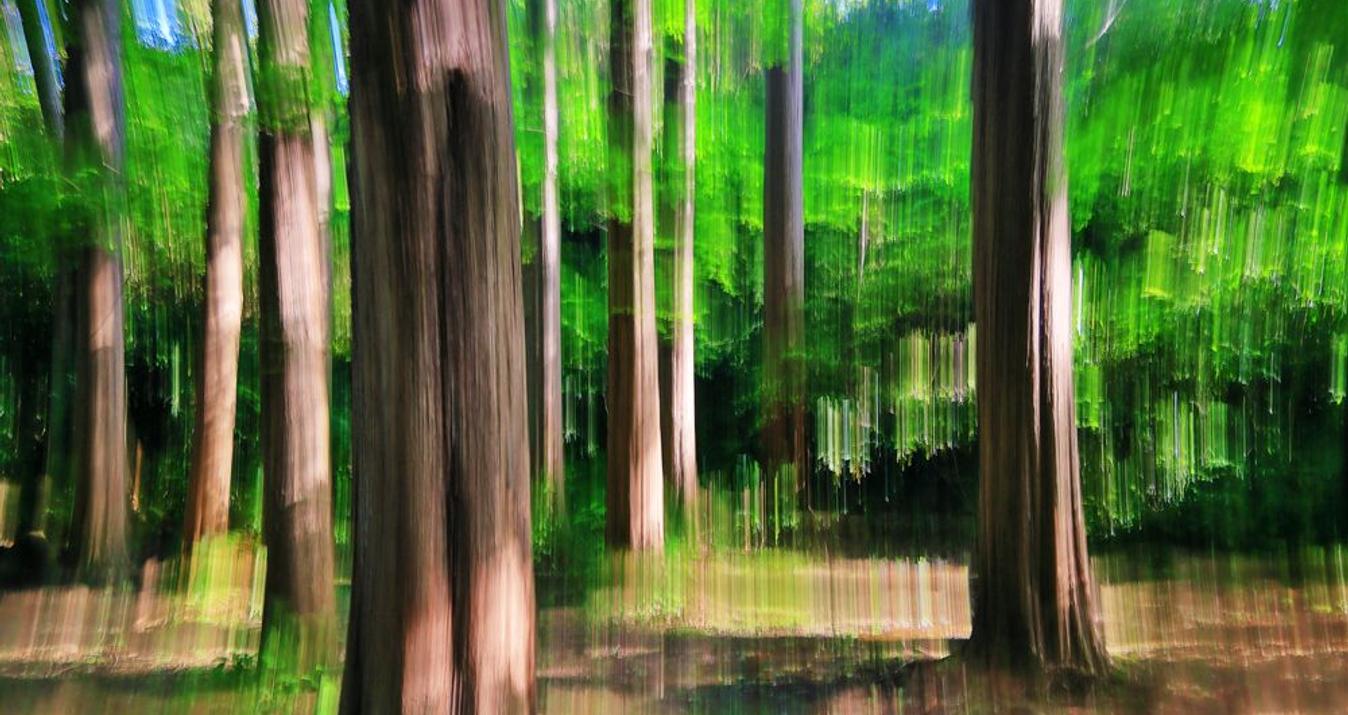It’s time to take all the pieces we’ve covered to combine them. Get a certificate after completing the photo assignment!
Well my friends, congratulations on getting to Lesson 10. It’s been fun, hasn’t it? We’ve sure had a great time sharing this information with you, and we look forward to seeing all your amazing HDR creations.
You’ve spent a lot of time learning about HDR and how to creatively edit your images in Aurora HDR 2017. You’ve learned about presets, textures, masking and more. We’ve really covered a lot in these lessons!
So now that you have come this far, in this last lesson we are going to take a lot of the pieces we have covered and combine them all into a brand new image, so you can be familiar with how to put it all together in your personal digital darkroom.
Of course, your personal creations will take on your own interests, likes, and preferences in Aurora HDR 2017 so each image will be unique, and you would likely process this photo differently than we have here. But that’s ok, because that is part of the fun of using Aurora HDR 2017 - the variety is endless and the options are limitless.
For this lesson, we are going to use the base HDR image shown below. In keeping with the idea of “take the shot, no matter what”, this one was taken handheld in fairly low light. It is from San Francisco, and is a wonderful view over The Ferry Building at sunrise, taken from a stairwell in a nearby hotel. It’s a great spot.
Notice that the image is somewhat dark and the brilliant colors from the sunrise are not that visible. In other words, the image is pretty flat. We will work through various steps to correct that, and add a little artistic flair to it as well.
We will add multiple layers to the image and include presets, brushes, textures and more. It will be fun! When it’s over, you will be left with an entirely new and unique HDR image. Let’s get this thing moving, right?
As you will see in the Aurora screenshots below, we have used various tools in Aurora, including layers, masks, textures and anything else we could think of. This started life as 3 individual RAW files, and it’s ending up being an entirely new creation.
Here is a quick summary of everything we added to this photo, in order and with a short description of what we did and why:
Layer 1 (base image) - original base HDR photo, no adjustments applied yet (as seen in the screenshot above)
Layer 2 - added preset Realistic Bright across entire image to give it a bit more “pop”
Layer 3 - created mask for foreground, adjusted color to reduce orange tint by moving temperature slider towards blue in the Color menu, and increased details via the Clarity and HDR Look sliders under Structure
Layer 4 - created mask across sky and water, and in the HDR DeNoise menu increased Amount, Smooth and Super Smooth for great “softness” in the water and sky
Layer 5 - slight adjustments to Top & Bottom Lighting to brighten overall image
Layer 6 - add Realistic Dreamy preset to give the photo a little drama, mystery and moodiness
Layer 7 - added Soft & Airy preset from Landscape category, and painted it into the sky and water only
Layer 8 - added a texture of light bokeh and painted it into the upper half of the photo
Layer 9 - added a slight vignette to focus attention on the center of the image
While this may have been a lot of layers and a lot of steps, in reality this was less than 10 minutes of work - and some of that was just experimenting with different looks. As you get more comfortable with Aurora HDR 2017, you will quickly develop a deep understanding of the various presets and get a feeling for what you want to do with an image. Then you will be crafting your masterpieces in no time!
Here is the final image, after all these tweaks:
A few parting thoughts on HDR Photography
Be keenly aware of any movement in your photos. For example, leaves and tree branches are common for this, even if it doesn’t seem windy outside to you. The slightest breeze can set them swaying. Clouds are constantly moving, though many times they are moving slowly, but pay attention to them as well.
Whenever you encounter a scene with some sort of movement, you will want your shots to fire pretty quickly so as to minimize any issues with ghosting in your HDR image (unless of course your intent is to capture a long exposure, such as with waterfalls or light trails).
While many photographers take a 3 exposure bracket, don’t forget that some lighting situations may require more. Take the time to examine your scene when you are getting prepared to shoot, and always feel free to experiment. It’s better to take more photos than you need, rather than wish you had. You might just decide you need them later.
Whenever possible, use a tripod and keep your ISO at its lowest setting to avoid digital noise in your shots. If you are forced to shoot handheld, use the tips from Lesson 3 to ensure your handheld shots are as sharp as they can be.
While HDR is about balancing out the light across an image, don’t forget that leaving some shadows in the image can be a good thing. It’s more realistic and leaves a little to the imagination. Let your viewers figure some things out on their own! :-)
If you are new to HDR, go out to your favorite local spots and shoot them all over again, but this time in HDR. Think of something new and creative you can present in an image you have captured before, and use HDR to craft your vision with the end result. There are countless great subjects that are waiting for you: landscapes, cityscapes and skylines, architecture, and more.
Spend a lot of time practicing. Henri Cartier-Bresson famously said that your first 10,000 photos are your worst. This is not a quota or a race - take your time and make your practice count! This also means practicing different techniques while capturing the photos (vary the number of exposures in your brackets, try some long exposures, etc) and especially experimenting with different preset and brushes in Aurora HDR 2017. Use all the tools at your disposal and get super familiar with what they can do for you. You will get out of it what you put into it.
Some images will surprise you and end up requiring a lot more work than you had expected. That’s ok - think of it as a learning process. Slow down if necessary and be sure to watch the videos on the Aurora HDR 2017 website for instruction and inspiration.
For a complete guide and a ton of additional information be sure to check out the Aurora HDR 2017 Getting Started guide! http://aurorahdr.com/getstarted/how-to-install-aurora-hdr
We want you to really enjoy the art of capturing and creating HDR photographs, so we have created this assignment for you now that you have gone through all of the various lessons that we shared. While we list this in order, you can of course skip any step that you feel you have already comfortably got a handle on.
Spend time working on the items that you feel need the most attention. Spend a lot of time experimenting with Aurora and learn how to use the preset, brushes, masks and layers. Experiment with various types of HDR photos. Try out landscapes, cityscapes, architecture and more. Go out and shoot in various lighting conditions. Experiment with different “looks” in your photos by mixing various presets, textures and more.
Here are the assignment steps for completing the 10-week course:
Step 1. Take some brackets, and experiment with both the quantity of exposures in your bracket as well as whether they are centered or not. Compare the outcome in your results and you will develop a better feel for how to handle various situations you encounter while out shooting.
Step 2. Try some photos handheld, and then try the same photo on a tripod. Note any differences in alignment, and also be sure to experiment with a change to your ISO settings to see the impact that has on your final result.
Step 3. Become familiar with the histogram on your camera and examine it while out in the field capturing the shots. When you are back home and merging files, compare the histogram between brackets that were centered and those that were not.
Step 4. Start out by testing various presets on your merged HDR image. Change the opacity and experiment with stacking multiple presets on your HDR photo to get a different or more intense look.
Step 5. Add a new layer and experiment with brushes. Apply a preset with a brush to a specific portion of your photo. Make targeted adjustments with a brush to bring out details, remove noise, or add a pop of color.
Step 6. Create and photograph a list of great spots in the city where you live. This can be a short list (2-3 locations), but try them in different lighting conditions and also vary the composition and lens choice. Experiment and try something new.
Step 7. Now that you have created several HDR photos, go back through and reprocess some of them with the intent of converting it to black and white. Experiment with textures on any of your HDR photos. Become familiar with using layers, selective edits with brushes and creating your own presets. Get creative and don’t be afraid to try something new.
Aurora HDR 2017 is incredibly powerful and easy-to-use. Now that you have completed all these lessons, you are well on your way to crafting your own stunning HDR photos. It really comes down to how much experimentation you are able and willing to do, and how creative you feel when you are ready to edit your shots.
Take the steps and create your own HDR photos. Send your best HDR photos (from 3 to 5) to [email protected] with a short story about them. Tell us how you've gone through the course, what camera settings you had and how you processed the photos. If you successfully complete the assignment, you will receive a certificate within a week after you send your photos. Your photos will be published on Aurora website!
Congratulations on finishing this course, we look forward to seeing your images, and have fun out there capturing the world with your own unique vision!
Missed the previous lesson?
Check out the link below:
Lesson 1: The basics of HDR Photography
Lesson 2: Merge the brackets
Lesson 3: Tripods vs Handheld
Lesson 4: Exposure for HDR
Lesson 5: Aurora HDR Presets
Lesson 6: Perfect Location
Lesson 7: Custom Stylizing: B&W Photos
Lesson 8: Custom Stylizing: HDR Textures
Lesson 9: Advanced HDR Techniques
If you have questions, don't hesitate to email us at [email protected]














